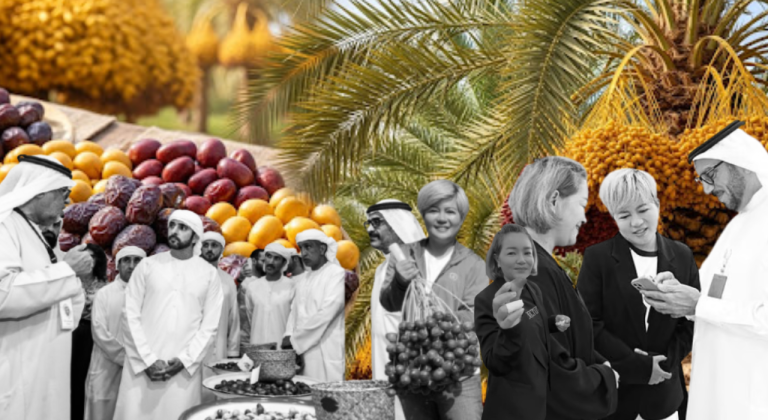Traveling Through Time: How Europe’s Historical Heritage Shapes Modern Lifestyles in 2025
Traveling Through Time: How Europe’s Historical Heritage Shapes Modern Lifestyles in 2025. Europe, a continent steeped in history and tradition, has a unique ability to blend the old with the new. From the ancient ruins of Greece and Rome to the modern cities of London and Paris, Europe’s historical heritage continues to shape modern lifestyles in profound ways. In this article, we’ll explore how Europe’s rich cultural legacy influences contemporary life, from architecture to art, cuisine, and beyond.
Architecture and Urban Planning
Europe’s historical heritage is perhaps most visible in its architecture. From the grandeur of Gothic cathedrals to the elegance of Renaissance palaces, the continent’s buildings tell the story of its complex and often turbulent past. Many of these structures have been beautifully preserved and continue to serve as functional spaces, such as museums, restaurants, and even homes. The influence of historical architecture can also be seen in modern urban planning, with many cities incorporating traditional elements, such as cobblestone streets and historic landmarks, into their designs.
Art and Culture
Europe’s historical heritage has also had a profound impact on the continent’s art and culture. From the masterpieces of the Old Masters to the avant-garde movements of the 20th century, European art has long been a reflection of its complex and often contradictory history. Today, this legacy continues to inspire artists, musicians, and writers, with many incorporating traditional themes and motifs into their work. The influence of historical culture can also be seen in Europe’s many festivals and traditions, such as the Tomatina festival in Spain and the Carnival of Venice.
Cuisine and Food Culture
European cuisine is renowned for its diversity and richness, with each country boasting its own unique culinary traditions. From the pasta dishes of Italy to the seafood stews of Portugal, European food is a reflection of the continent’s complex history and cultural exchange. Many traditional dishes have been passed down through generations, with modern chefs incorporating historical ingredients and techniques into their recipes. The influence of historical cuisine can also be seen in the many food festivals and markets that take place throughout Europe, such as the Oktoberfest in Germany and the Bordeaux Wine Festival in France.
Conclusion
In conclusion, Europe’s historical heritage continues to shape modern lifestyles in profound ways. From architecture to art, cuisine, and beyond, the continent’s rich cultural legacy remains an integral part of contemporary life. As we look to the future, it’s clear that Europe’s historical heritage will continue to inspire and influence generations to come.




